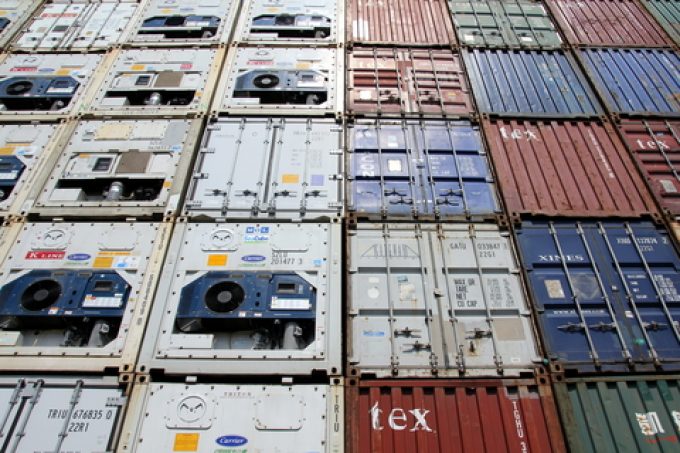New services and reinstated blanked sailings boost transpacific capacity
The Gemini Cooperation has introduced an additional transpacific service as a rush of demand and ...

Shipping disruption has triggered “exceptional growth” in the world container fleet, as congestion and longer transit times tie up more containers than ever before.
According to Danny den Boer, director of global sales and trading at SeaCube Containers, the world container fleet grew by 15% last ...


Comment on this article